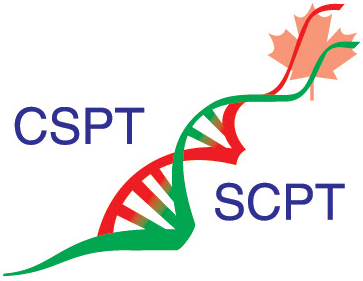Transporter
Definition:
Transporters are integral membrane proteins that help move small molecules such as drugs, peptides or ions across cell membranes.

Relevance:
In pharmacology, transporters impact the absorption, distribution, and excretion of drugs, underscoring their essential role in drug disposition. Transporters can translocate drugs and/or endogenous molecules using ATP or concentration gradients for energy.
Examples:
Membrane transporters relevant for drug disposition can be divided into three main classes: ABC transporters, P-type ATPases and the solute carrier family (SLC)
ABC transporters are primary active transporters. ABC transporter substrates include lipids, sterols, ions, small molecules, drugs, and large polypeptides. Examples include:
- P-glycoprotein (P-gp) which can transport numerous drugs with varying structures that are typically lipophilic.
- Breast cancer resistance protein (BCRPP) which transports a range of chemotherapeutics, nucleoside and nucleotide analogs.
- Multidrug resistance associated proteins (MRPs) which are mainly lipophilic anionic transporters. The drugs that they transport can differ structurally and functionally with examples including anticancer drugs, nucleoside analogs, antimetabolites, and tyrosine kinase inhibitors.
The family of transport enzymes known as P-type ATPases pump cations across membranes through the use of primary active transport. Examples include Ca2+ ATPases and Na+, K+ ATPases.
Transporters in the SLC family operate through secondary active transport as well as facilitated diffusion. Examples include the Organic Anion Transporting Polypeptides (OATP), Organic Anion Transporters (OAT), Organic Cation Transporters (OCT), the biogenic amine transporters (NET, DA, and SERT) and the NA+/H+ exchanger.
Teaching Tips:
Check out this article on ABC transporters to learn about some examples of drugs transported by each class: Choi YH, Yu AM. ABC transporters in multidrug resistance and pharmacokinetics, and strategies for drug development. Curr Pharm Des. 2014;20(5):793-807. doi: 10.2174/138161282005140214165212. PMID: 23688078; PMCID: PMC6341993. [Link to article: https://www.ncbi.nlm.nih.gov/pmc/articles/PMC6341993/]
Check out this YouTube video on drug transporters (by NIH): https://youtu.be/WaLVjoAA2lE
Linked terms: Active transport, Passive transport, Membrane protein, Ion channel, Facilitated diffusion
Resources:
Roberts AG. The Structure and Mechanism of Drug Transporters. Methods Mol Biol. 2021;2342:193-234. doi: 10.1007/978-1-0716-1554-6_8. PMID: 34272696; PMCID: PMC8542452.
Pharmacology. (n.d.). Tocris Bioscience. Retrieved March 6, 2024, from https://www.tocris.com/pharmacology/transporters
Borst P, Evers R, Kool M, Wijnholds J. A family of drug transporters: the multidrug resistance-associated proteins. J Natl Cancer Inst. 2000 Aug 16;92(16):1295-302. doi: 10.1093/jnci/92.16.1295. PMID: 10944550.
This guide provides detailed information on all kinds of transporters. It should be listed as a reference: THE CONCISE GUIDE TO PHARMACOLOGY 2021/22: Transporters—Alexander—2021—British Journal of Pharmacology—Wiley Online Library. (n.d.). Retrieved March 6, 2024, from https://bpspubs.onlinelibrary.wiley.com/doi/10.1111/bph.15543
Ahmed Juvale, I. I., Abdul Hamid, A. A., Abd Halim, K. B., & Che Has, A. T. (2022). P-glycoprotein: New insights into structure, physiological function, regulation and alterations in disease. Heliyon, 8(6), e09777. https://doi.org/10.1016/j.heliyon.2022.e09777
Mao, Q., & Unadkat, J. D. (2014). Role of the Breast Cancer Resistance Protein (BCRP/ABCG2) in Drug Transport—An Update. The AAPS Journal, 17(1), 65–82. https://doi.org/10.1208/s12248-014-9668-6
Sodani, K., Patel, A., Kathawala, R. J., & Chen, Z.-S. (2012). Multidrug resistance associated proteins in multidrug resistance. Chinese Journal of Cancer, 31(2), 58–72. https://doi.org/10.5732/cjc.011.10329
Return to Glossary
